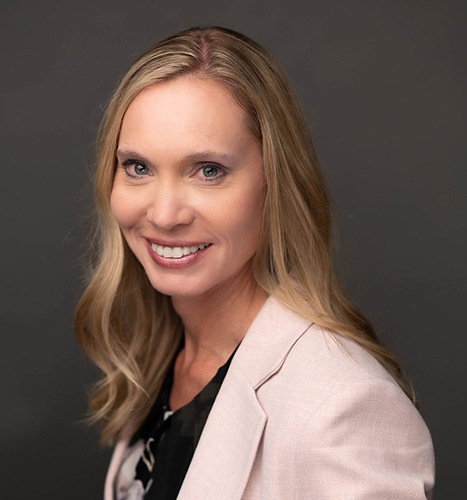
Six days before the Brumadinho dam disaster in Brazil in 2019 that changed the industry forever, Edumine course author Kim Morrison was standing on a hillside with a colleague in Belo Horizonte, about an hour away. They could see Córrego do Feijão in the distance.
As a tailings management consultant, at the time for China Moly, Morrison travelled to Brazil regularly.
“At the time of the failure, I was on my last flight home from Brazil. I landed at DIA, I turned on my phones, and they were just exploding,” she remembers. “One of the things that I do believe is that experience has shaped us into who we are. And that failure had serious impacts on me.”
After the disaster that killed 270 people, the regulations in Brazil completely changed. A global tailing review would set a new international standard.
“People often tell me that I am very passionate about tailings,” Morrison says. A civil engineer and registered geologist, she grew up on farmland north of the Missouri River, and always loved being outside.
“What I am passionate about is being responsible, respecting our environment, respecting our communities. And all I’m trying to do is raise awareness to help the industry do a better job.”
Morrison, now senior director, global tailings management technical services at Newmont, has since published two papers on the change of regulation and the response: Post-Corrego do Feijao: Continued Evolution of Tailings Dam Regulations in Brazil and Changes to Tailings Dam Regulation in Brazil in the Aftermath of Failures.
She was also the founding chair of the tailings of mine waste committee within SME and was managing editor of the Tailings Management Handbook: A Lifecycle Approach published in February 2022, bringing together over 100 contributors from around the world.
“As a consultant, you have an opportunity to see lots of facilities and do different types of work. And it really helps build that knowledge base and more general understanding that every facility is unique and that every facility has unique challenges associated with it,” she says.
Morrison’s Edumine course, responsible tailings management 101 is currently available in recorded format online on demand. Here’s a sneak peak of the syllabus:
MDC: Can you describe the course and who its designed for?
Morrison: It provides a good general background or basis for understanding of tailings management. You can come into it entry level and get something out of it, you can come into it with several years under your belt and still get something out of it.
What I found over the years is that the course attracts a broad range of people with a broad range of backgrounds. I actually recommend it for management to give them a broader understanding. And I’ve had a number of regulators attend and folks from the mining finance side to just to get more understanding of tailings management is, [as] one of the most significant costs to running an operation.
MDC: What’s the knowledge gap for new engineers coming into a tailings facility?
Morrison: New engineers often have not been introduced to tailings in their engineering curriculum period. So the knowledge gap can initially be quite large. And this course is very good, I believe, at giving that broad base understanding of the multidisciplinary cross functional requirements that are involved around tailings management.
MDC: What’s changed since the new tailings standards came into play?
Morrison: There’s a lot of improvements in technology – it gives us the opportunity to understand what’s going on inside of our tailings storage facilities, and how the performance and the observations are comparing to performance expectations.
Monitoring processes are continually improving, for instance, significant improvements to drone technologies. There’s the ability to leverage high quality imagery and videos. You can equip drones with other sensors such as thermal imaging, and it provides added insight to facility performance.
MDC: What new technology is being used?
Morrison: There’s expanded use of remote monitoring technologies. There [are] improvements in the real time monitoring of installed dam instrumentation that’s linked to trigger threshold values, newer forms of instrumentation to improve understanding like fiber optic cables to detect deformation and seepage.
There’s improved understanding of geotechnical behavior of tailings through research. De watering technologies continue to improve. We can filter at higher production rates and with larger filters, co-mingling technologies. There’s really a move towards ‘how can we build without dams? Is that possible?’
Learn more about Edumine’s responsible tailings management course here.